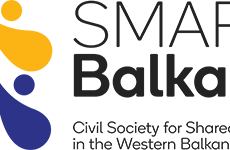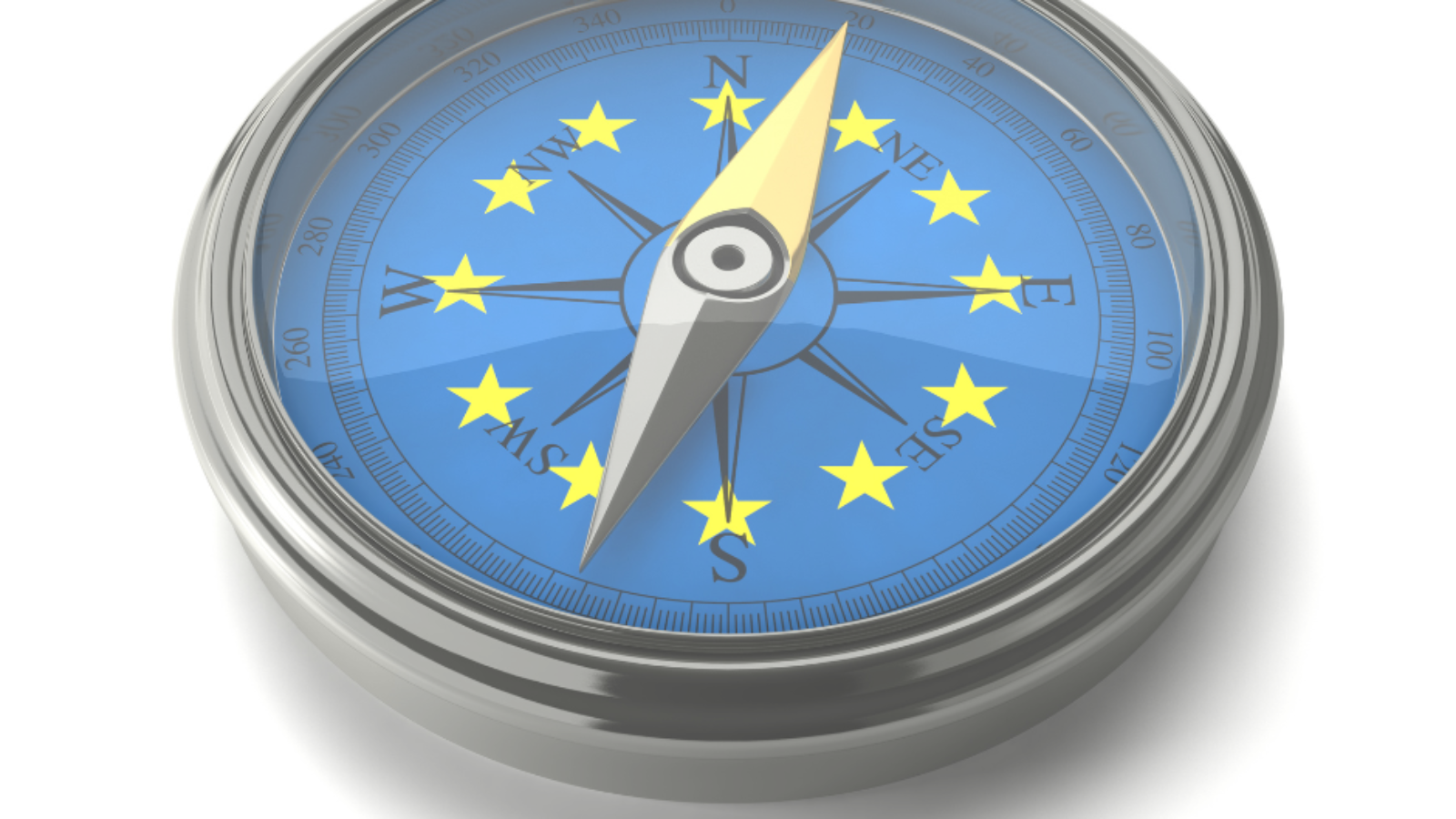A Brief Overview of the EU Enlargement Methodology
Writes: Aleksandar Cekov, Program Manager at CRPM
One of the main objectives of the SMART Balkans project[1] that has been set for the next 4 years is “… to contribute to the strengthening of participatory democracies in the Western Balkans…” in light of supporting the European integration processes in these countries, by strengthening the capacities of civil society organizations and their active involvement in the negotiation process. Thus, through the mechanisms for monitoring the reform process and the opportunity to give specific recommendations to public policymakers, civil society organizations can directly participate and thereby contribute to the transformation towards better and more sustainable societies where they operate.
Within the framework of the European integration process, as a context for the actions of civil society organizations, one of the key policies of the European Union is of course the enlargement policy, which, through its transformative power, has a major impact on the reform process in the countries, and thus on the work of civil organizations, that is, in defining their focus of action. The enlargement policy, on the other hand, was recently “revised”, i.e. in 2020, a new enlargement methodology was adopted [2], which should (have) given (en) new momentum to the enlargement, but also satisfy the demands of some EU countries, primarily France, which were dissatisfied with the achievements of the candidate countries especially those related to rule of law, the judiciary and corruption. The new methodology followed the postponement of the decision to start negotiations with S. Macedonia and Albania at the EU Council Summit in October 2019 which was received with great disappointment both by the countries and by many European diplomats.
Considering the influence of the EU enlargement policy in the countries of the Western Balkans, and thus the impact on the operation of civil society organizations, this text summarizes the key differences between the previous and the “new” enlargement policy of the EU.
What is the difference between the previous and the new enlargement methodology?
The previous so-called “classic model” of enlargement, which is described by Christopher Preston [3], is mainly based on the full adoption of the acquis (acquis communautaire ). However, the experiences from the previous rounds of negotiations have shown that the mere adoption and acceptance of EU legislation does not guarantee that the country has made quality progress, that is, that along with EU law, “European” values and norms have been adopted and respected. This is best seen in dealing with corruption, where corruption is not drastically reduced despite membership. Thus, the dissatisfaction of some countries with the quality of the reforms in the aspiring countries produced the so-called “enlargement fatigue”, which should be overcome, among other things, by changing the methodology of enlargement.
What does the new EU enlargement methodology envisage?
The new methodology is based on 4 principles: credibility; predictability, dynamism; greater political governance, and the chapters are organized into 6 thematic clusters: a whole area, which includes the rule of law; internal market; competitiveness, and inclusive growth; green agenda and sustainable connectivity; resources, agriculture and cohesion and external relations [4].
This kind of organization is expected to contribute to greater dynamics of the process, and thus to speed up the process itself, if the countries implement the reforms on time. According to the then Commissioner for EU Enlargement, Oliver Varhey, the closure of a cluster could be completed in a year, as opposed to 6-8 years for the closure of a chapter, as it was before.
The process envisages a greater involvement of the EU in monitoring the process, but at the same time, it also includes its reversibility. This means that, if countries do not deliver quality and tangible results in the reform process, they may fall back in the negotiation process.
What does the negotiating framework for enlargement contain?
First of all, the European Union in the introductory statements emphasizes the importance of the enlargement policy, both for the member states, seen through the prism of transformative power in the aspiring countries, and for the EU member states, seen as a guarantor of stability, security and economic partnership in their neighborhood, that is, later within the common borders of the EU. In terms of the legal basis, the negotiation framework is based on Article 49 of the Treaty on the European Union as well as on all relevant conclusions of the Council of the EU [5]. Furthermore, it is also stated that the EU membership negotiations are based on Serbia’s own merits in terms of meeting the EU requirements, and the progress will be monitored continuously, for which the EU Council will be regularly informed [6].
The legal framework for combating corruption in the European Union is based on Article 83 of the Treaty on the Functioning of the European Union [7], which establishes the competence of the European Parliament and the Council of the EU to adopt directives to establish minimum rules for defining and sanctioning corruption [8].
The standards, on the other hand, in terms of the fight against corruption within the European Union, are mainly based on documents of international organizations, because in this area of the fight against corruption, it has least developed its own standards. The documents on which the anti-corruption standards are based are the following: the UN Convention against corruption, the Criminal Law Convention against Corruption, and the Civil Law Convention against Corruption, adopted by the Council of Europe in 1999, the OECD Convention against Bribery of Senior Public Officials in International Business Transactions of 1997, Council of Europe Recommendations on Codes of conduct for public officials, the UN Convention on Combating Transborder Organized Crime in 2000 and others. Of the documents that have been adopted and adopted by the European Union, it is worth mentioning the decision of the Commission on establishing an EU mechanism for periodic reporting on corruption from June 6, 2011.








